Hello everyone!🌸🌳
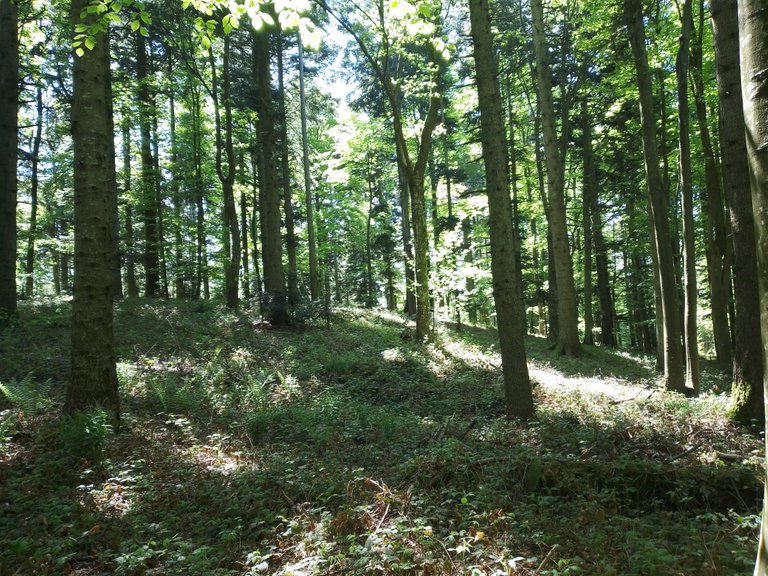
Before this pandemic we often went on field trip all over in Croatia with our university. We saw so many types of vegetation and a lot of interesting species etc., sometimes we would sleep in faculty buildings located in nature. Those trips were really special to all of us, we learned together and had a lot of fun if we sleep in one of faculty buildings.When the pandemic started we couldn't go anywhere except in forest around Zagreb.
Yesterday was one of our field trips. We went on Natural Park Mountain Medvednica.
The gathering was in front of university at 9am. The bus drove us to the top and we went down on foot in company of our two professors.
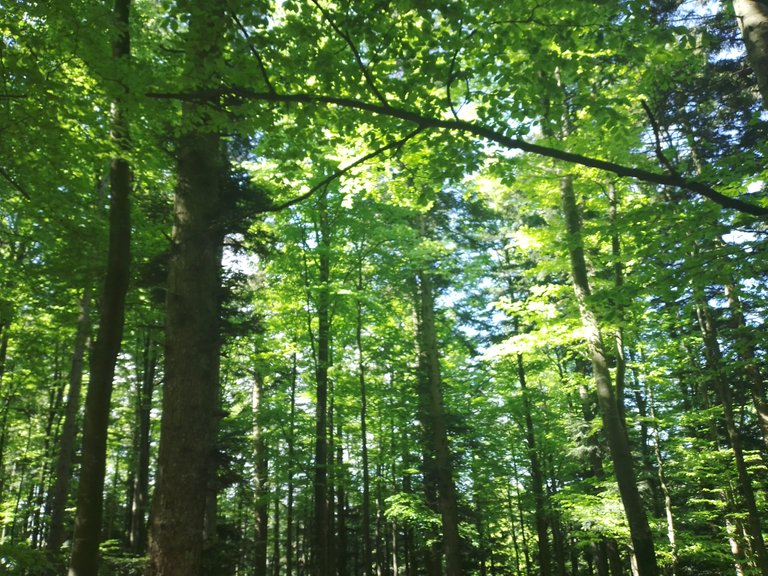 The first spot was the type of forest that is in most high area. It is a selective forest of fir and beech they are also called Pannonian beech fir forests. One thing that is very interesting is that in this forest you can find small trees of fir but they can be very old from 20-120 years. Reason behind it is because the fir is waiting for better lights conditions. When the trees that block light rot or are cut down, they start to grow in height in full speed to make their place underneath the sun.
The first spot was the type of forest that is in most high area. It is a selective forest of fir and beech they are also called Pannonian beech fir forests. One thing that is very interesting is that in this forest you can find small trees of fir but they can be very old from 20-120 years. Reason behind it is because the fir is waiting for better lights conditions. When the trees that block light rot or are cut down, they start to grow in height in full speed to make their place underneath the sun.
 Just like this one Europan silver fir ( Abies alba Mill.). You can see that he doesn't have much light and is small. I don't know how old it is, but there are ways to see that with the dendrochronology.
Just like this one Europan silver fir ( Abies alba Mill.). You can see that he doesn't have much light and is small. I don't know how old it is, but there are ways to see that with the dendrochronology.
 This bright green needles are new young shoots on fir.
This bright green needles are new young shoots on fir.
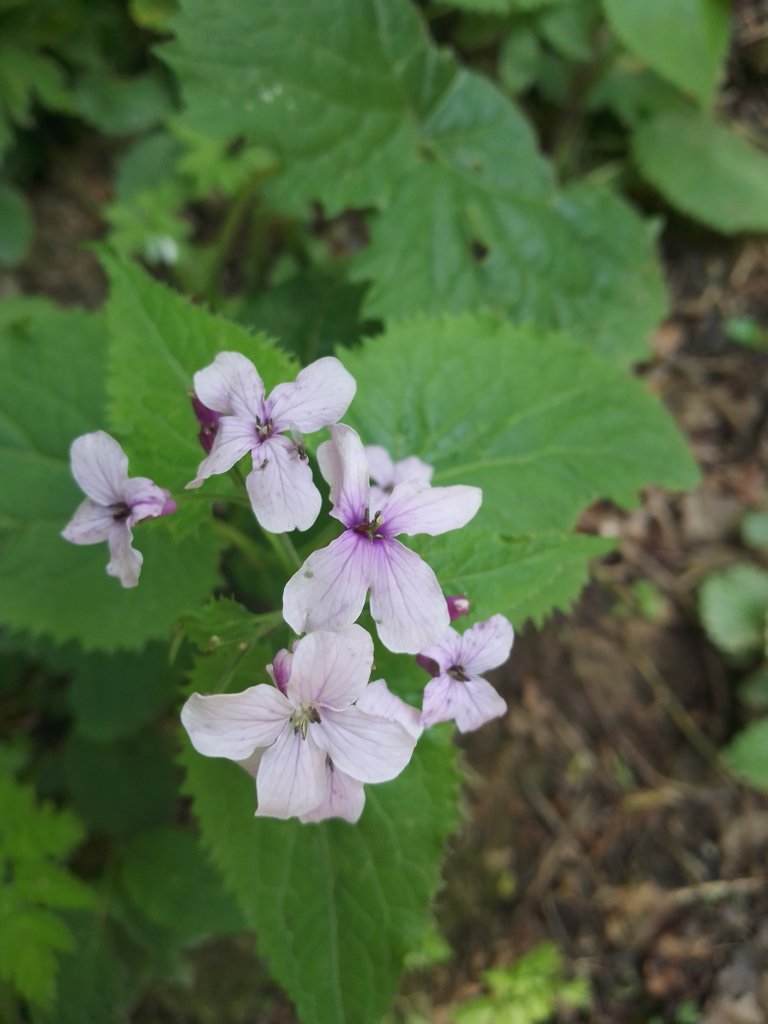 This species grow from very top to bottom and it is called Lunaria ( Lunaria rediviva L.). I really like the gentle color of this flowers.
This species grow from very top to bottom and it is called Lunaria ( Lunaria rediviva L.). I really like the gentle color of this flowers.

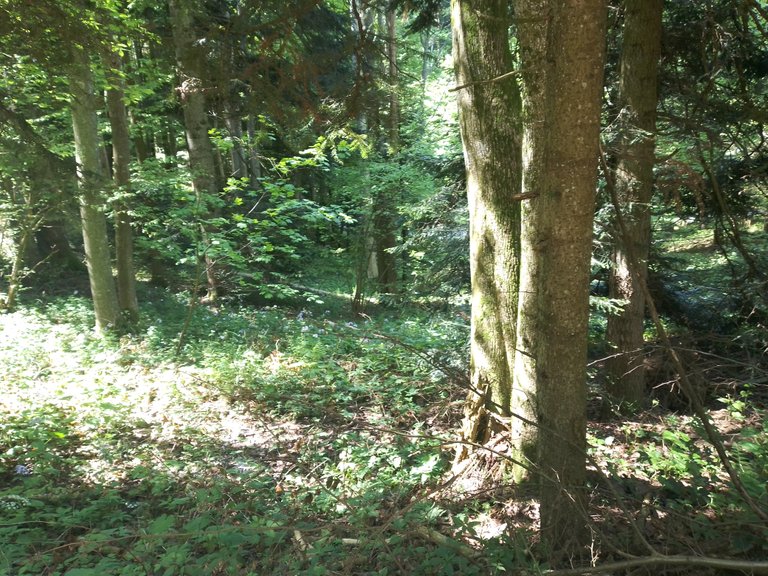
On the photo below you can see the species that waited for this time to start growing leaves and it's name is European ash ( Fraxinus excelsior L.). They often come in zone of beech.
 Weather was perfect. When we started it was a little bit cold because of heights but further down was warmer.
Weather was perfect. When we started it was a little bit cold because of heights but further down was warmer.
 This building is a restaurant and an apartment. I never was inside, but it would be nice to spend some time here.
This building is a restaurant and an apartment. I never was inside, but it would be nice to spend some time here.
 This gorgeous place is where people sled when it snows. I love how it looks in this time of the year, very spacious.
This gorgeous place is where people sled when it snows. I love how it looks in this time of the year, very spacious.



This tiny little white flowers are so adorable, they belong to the species named Cow parsley ( Anthriscus sylvestris (L.) Hoffm.
 We went down this stairs. Stairs fit so naturally here and I also found one very common species next to it.
We went down this stairs. Stairs fit so naturally here and I also found one very common species next to it.

Odorous Pig-salad ( Aposeris foetida (L.) Less.
 Next stop was in beech forest. Here you can see how our professor passionately talks about growing beech forestry. In this place you can relax on the benches, there is also a water source but it is not recommended for drinking due to mouse fever.
Next stop was in beech forest. Here you can see how our professor passionately talks about growing beech forestry. In this place you can relax on the benches, there is also a water source but it is not recommended for drinking due to mouse fever.


This species is Sweet Woodruff ( Galium odoratum (L.) Scop.), it is very common in large parts of Europe.
 On this two photos below you can see a young beech area. Young beech forest are very thick.
On this two photos below you can see a young beech area. Young beech forest are very thick.



View from path which we took on our way down.🌳🏕️


Our professors told us a theory that many years ago in these area weren't beech forests and that people probably reforested this area with seedlings of European pine as pioneer species and after many years under the pine vegetation the beech started to grow and spread their seed all over this area. So today we have this beautiful beech forest here.
On the photography below you can see few European pine trees. They are very old and started to root so from the forestry aspect they should be removed because they are dangerous due to old branches that can fall anytime.


This yellow flower reminds me of sun. Austrian Leopard's Bane ( Doronicum austriacum Jacq.) often comes in fir-beech forest or beech forests.
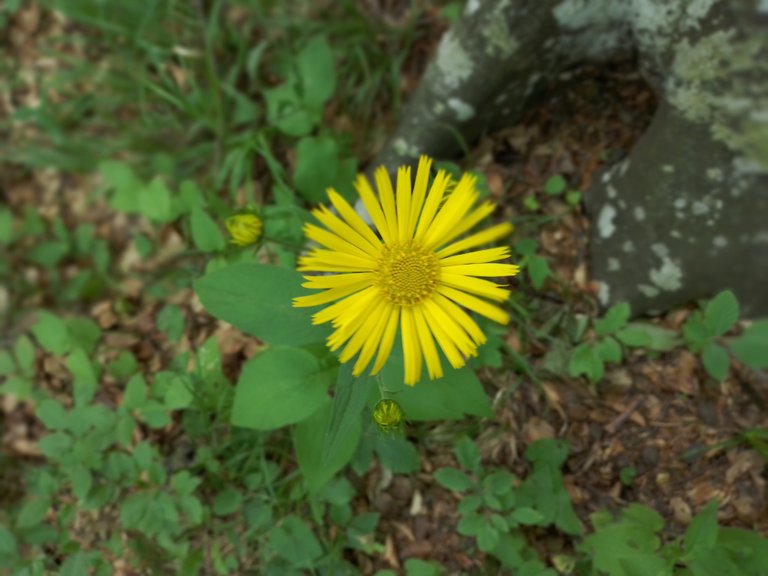
Also now you can see in this forests the species known as Nottingham Catchfly ( Silene nutans L.).
 There are a lot of steep slopes and ditches on Medvednica.
There are a lot of steep slopes and ditches on Medvednica.


This is photo from area where the rejuvenation of beech has taken place.
 The young beech trees are looking good and many years in future here will stand a beautiful high beech forest. Also this area was a bit damaged due to windbreak few years ago, but now it is doing fine.
The young beech trees are looking good and many years in future here will stand a beautiful high beech forest. Also this area was a bit damaged due to windbreak few years ago, but now it is doing fine.
 To me one very fascinating flower called Selfheal ( Prunella vulgaris L.). It has a wide ecological valence.
To me one very fascinating flower called Selfheal ( Prunella vulgaris L.). It has a wide ecological valence.


Last stop was the zone with Sessile oak. This area have a young stages of Sessile oak, but they pretty much look like bushes and don't really look like they grasp for height.
 I was lucky to found this little wild strawberry.🍓
I was lucky to found this little wild strawberry.🍓
 This big white flowers belong to Scentless Feverfew ( Tanacetum corymbosum (L.) Sch. Bip.). They are very stunning and you can't just pass next to them without looking.
This big white flowers belong to Scentless Feverfew ( Tanacetum corymbosum (L.) Sch. Bip.). They are very stunning and you can't just pass next to them without looking.


Another view looking on city Zagreb.
 Last species for this post is Peach-leaved Bellflower ( Campanula persicifolia L.). It is actually related to a species Campanula patula from our previous post . They both have this purple flower bells.
Last species for this post is Peach-leaved Bellflower ( Campanula persicifolia L.). It is actually related to a species Campanula patula from our previous post . They both have this purple flower bells.
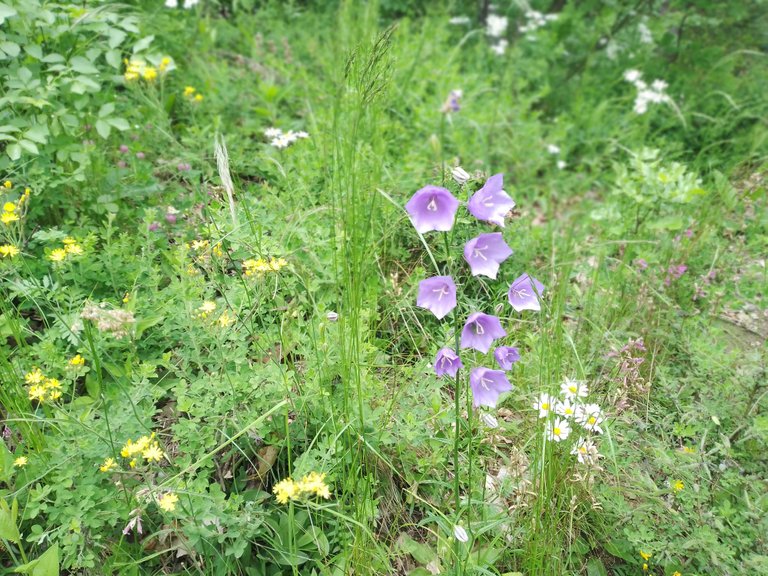 After the field trip I felt awesome. I am very glad that we could go here all together because the semester is over in one week and all that we would have are exams and studying.📚
After the field trip I felt awesome. I am very glad that we could go here all together because the semester is over in one week and all that we would have are exams and studying.📚
 I hope you like our post and have a good day. ☺️
I hope you like our post and have a good day. ☺️
All photos were taken by Ana









































Yay! 🤗
Your content has been boosted with Ecency Points, by @frki.
Use Ecency daily to boost your growth on platform!
Support Ecency
Vote for Proposal
Delegate HP and earn more
Congratulations @frki! You have completed the following achievement on the Hive blockchain and have been rewarded with new badge(s) :
Your next target is to reach 900 upvotes.
Your next payout target is 500 HP.
The unit is Hive Power equivalent because your rewards can be split into HP and HBD
You can view your badges on your board and compare yourself to others in the Ranking
If you no longer want to receive notifications, reply to this comment with the word
STOPCheck out the last post from @hivebuzz:
Support the HiveBuzz project. Vote for our proposal!